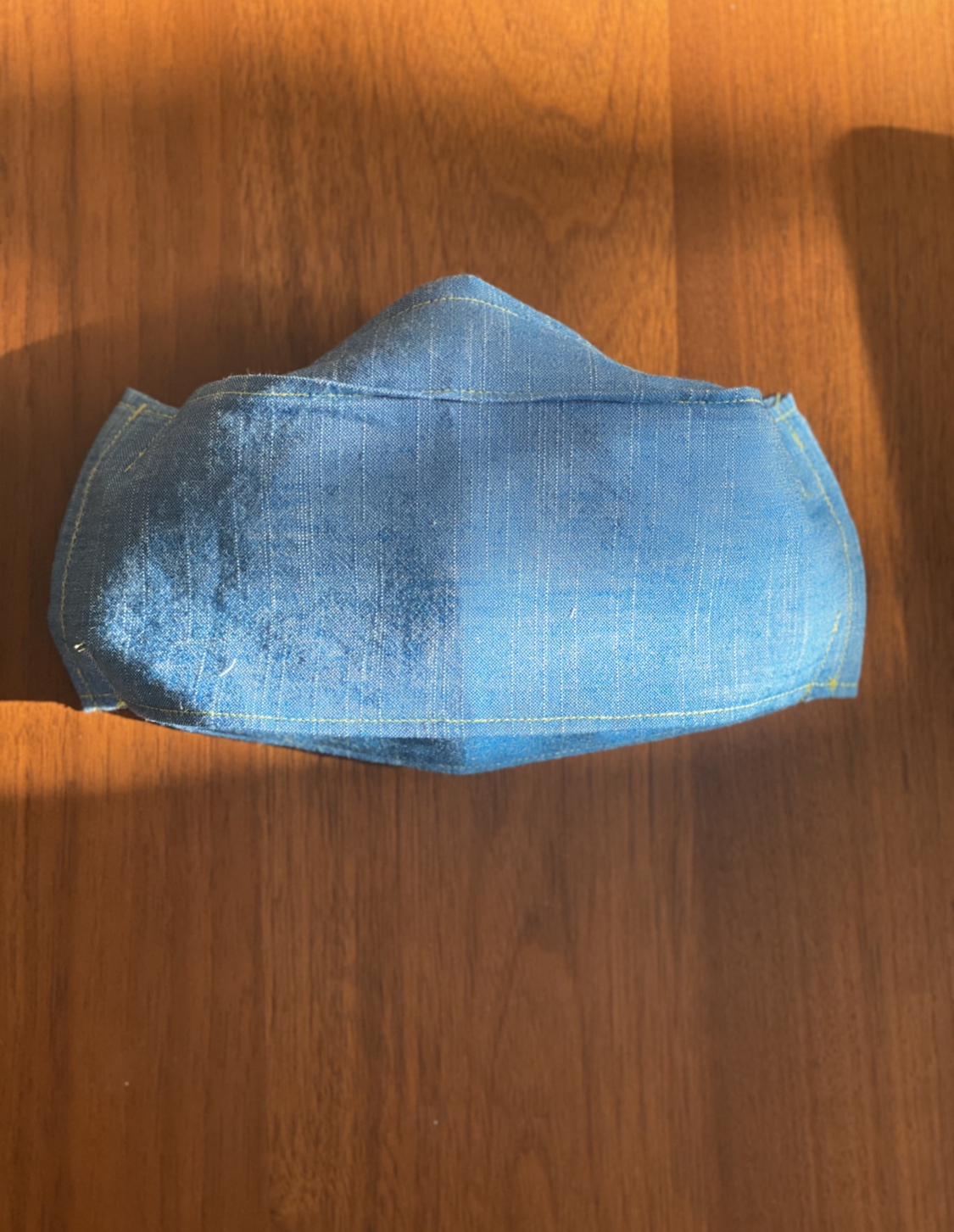
The CDC recently updated guidelines on wearing masks and the internet is in an uproar. Some people feel like this is just too soon, there’s still a pandemic, and say they will still be wearing masks for a while. Others are relieved that they won’t need to abide by these mask guidelines anymore. Some people admitted they never wore masks.
Before we further panic in this pandemic, let’s be clear that nothing has changed, yet, locally and in the state. Governor Newsom says he expects to re-open the economy by June 15, and with it, mask guidelines are expected to change, though details on this are not clear.
Per Alameda County Public Health Department’s Public Information Manager Neetu Balram, “COVID-19 continues to circulate at moderate levels in our communities and more than half of Alameda County residents, including children, are not fully vaccinated. We advise people to continue to protect each other by wearing masks, especially in crowded environments, if they don’t know the vaccination status of those around them.” Workers and employers also need to continue to follow Cal/OSHA standards, which include mask requirements. (The Sacramento Bee reports that these standards may change in the upcoming months).
Close to 74 percent of people 16 or older in Alameda County have received at least one dose of the COVID vaccine. In Oakland, the rate is slightly lower at 71 percent. However, Latino and African American vaccination rates are lower than the average in the county, at 46 and 45 percent, respectively, thus far (for at least one dose). And, as Balram notes, more than half of the county’s residents are still not fully vaccinated. Fully vaccinated means one dose of the Johnson & Johnson or two doses of Pfizer or Moderna, and it takes two weeks after getting the second dose of the latter two for immunity to kick in.
So what do the CDC guidelines say? “Fully vaccinated people can resume activities without wearing a mask or physically distancing, except where required by federal, state, local, tribal, or territorial laws, rules, and regulations, including local business and workplace guidance.” All people will still need to wear masks on public transportation and on airplanes. Here’s a good breakdown from the East Bay Times about what the guidelines actually mean.
A day after the CDC announced these guidelines, the New York Times came out with an article that surveyed epidemiologists in our country. The informal survey of more than 100 disease experts suggests that the CDC guidelines are not strict enough. “In the informal survey, 80 percent said they thought Americans would need to wear masks in public indoor places for at least another year. Just 5 percent said people would no longer need to wear masks indoors by this summer. In large crowds outdoors, like at a concert or protest, 88 percent of the epidemiologists said it was necessary even for fully vaccinated people to wear masks.”
People who are immune-compromised, even if they have received the vaccine, are also more vulnerable. Most children have also not received a vaccine, although children 12-15 years-old began receiving their first doses of the Pfizer vaccine in Oakland and elsewhere yesterday.
Studies have shown that the vaccines are highly effective, but not 100 percent, so there are still cases of people who have been vaccinated who contracted COVID.
Momo Chang is a freelance journalist based in the San Francisco Bay Area. She is the Oakland Voices Co-Director. Her work focuses on healthcare, immigration, education, Asian American communities, food and culture. She is a former staff writer at the Oakland Tribune. Momo has received journalism awards from the Society of Professional Journalists for investigative reporting and the Asian American Journalists Association, among others. Her work has appeared in the East Bay Express, San Francisco Chronicle, Wired, and The New York Times. Momo is primarily a print journalist who also produces audio and visual stories for documentary film and radio. She is a Senior Contributing Editor for Hyphen and formerly the Content Manager at the Center for Asian American Media (CAAM).




Be the first to comment